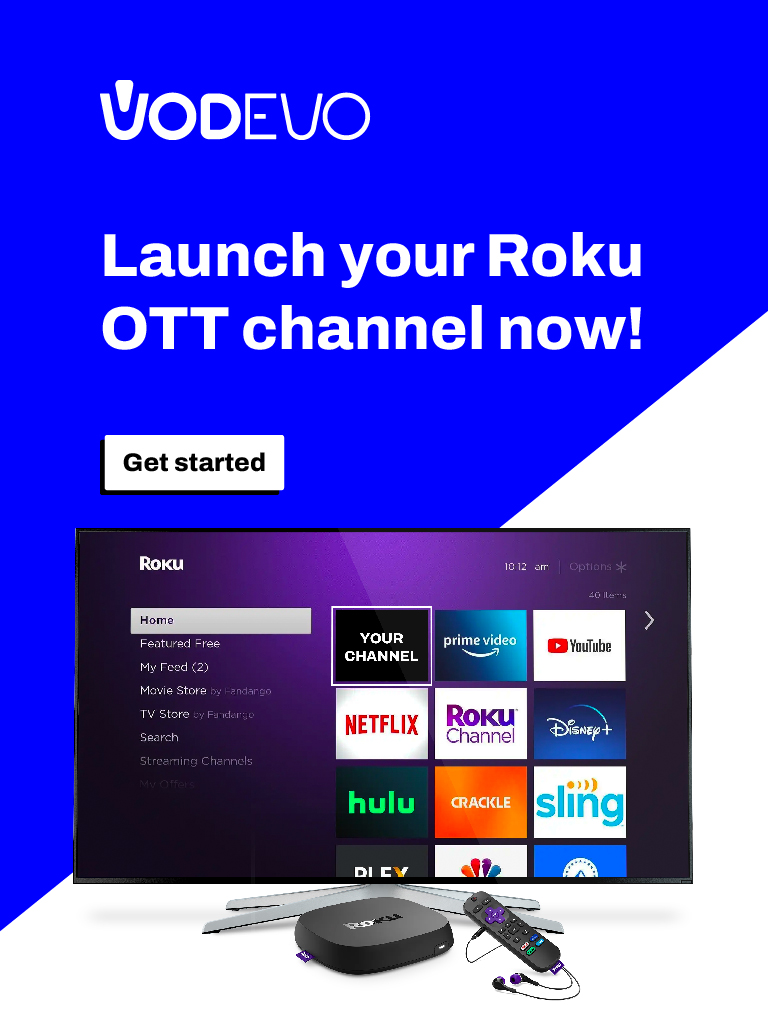Video is now the most important way to communicate and monetize. So which is the best protocol that you should choose, that could also protect your files? Our answer is HLS… definitely.
What is a streaming protocol?
A streaming protocol is a standardized format for delivering multimedia content (audio or video). A streaming protocols is used to deliver data every time you watch a live or video-on-demand content. The major video streaming protocols is HLS.
What is HLS?
Developed by Apple, HLS is a protocol for streaming live video content. HLS is short for HTTP LIVE STREAMING.
Initially, HLS was only supported by iOS. However, HLS has now become a proprietary format and almost every device supports it.
HLS protocol delivers video content via standard HTTP web servers. This means that you don’t need to integrate any special infrastructure to deliver HLS content.
Some characteristics of HLS:
- HLS will play video encoded with the H.264 or H.265 codecs.
- HLS will play audio encoded with the AAC or MP3 codecs.
- HLS video stream is chopped up into 10-second segments and this makes the difference about security!
- The transport/package format of HLS is MPEG-2 TS
- Supports embedded closed captions
- DRM supportSupports various advertising standards like VAST and VPAID, that we have integrated into our AVOD!
Playback support:
- iOS, Android, Linux, Microsoft and macOS devices
- Chrome, Safari, Firefox, and Edge web browsers
- HLS is compatible with Android, iOS, Windows, Mac, Linux, Chrome OS, or other modern devices. HLS is also compatible with smart TVs, set-top boxes and gaming consoles.
HLS Adaptive Streaming
HTTP Live Streaming provides mechanisms for players to adapt to unreliable network conditions without causing user-visible playback stalling.
For example, on an unreliable wireless network, HLS allows the player to use a lower quality video, thus reducing bandwidth usage.
HLS videos can be made highly available by providing multiple servers for the same video, allowing the player to swap seamlessly if one of the servers fails.
Moreover,to enable a player to adapt to the bandwidth of the network, the original video is encoded in several distinct quality levels.
The server serves an index, called a “master playlist”, of these encodings, called “variant streams”. The player can then choose between the variant streams during playback, changing back and forth seamlessly as network conditions change.

Architecture
HTTP Live Streaming uses a conventional web server to distribute audio and video contents, and requires specific software to fit into the proper format transmission in real time. The service architecture comprises:
Server of streaming protocol
Codify and encapsulate the input video flow in a proper format for the delivery. Then it is prepared for distribution by segmenting it into different files. In the process of intake, the video is encoded and segmented to generate video fragments and index file.
- Encoder: codify video files in H.264 format and audio in AAC, MP3, AC-3 or EC-3. This is encapsulated by MPEG-2 Transport Stream to carry it.
- Segmenter: divides the MPEG-2 TS file into fragments of equal length, kept as .ts files. It also creates an index file that contains references of the fragmented files, saved as .m3u8.
Distributor
Formed by a standard web server, accepts requests from clients and delivers all the resources (.m3u8 playlist file and .ts segment files) needed for streaming.

Client
Request and download all the files and resources, assembling them so that they can be presented to the user as a continuous flow video. The client software downloads first the index file through a URL and then the several media files available. The playback software assembles the sequence to allow continued display to the user.








